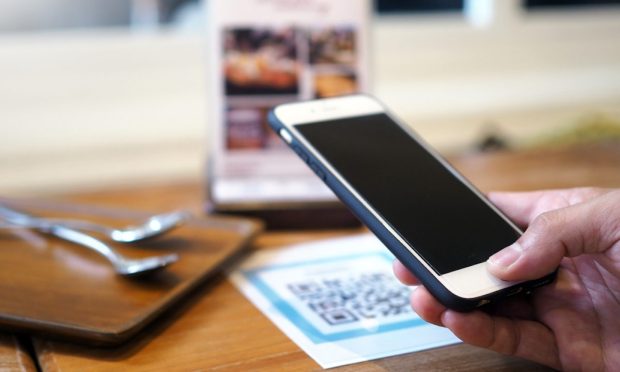
Decades after being introduced, QR codes may help super apps take shape and gain even more momentum across the globe.
Quick response (QR) codes first debuted in 1994 in Japan, geared toward tracking automobile supply chains, and never quite took off in commerce. But the pandemic shook things up.
As PYMNTS reported in 2021, QR codes, by virtue of being contactless, gained wider berth in government documents and restaurant settings. Asia had been, and continues to be, a stronghold for QR codes, though growth has been international.
News came this week that WhatsApp is in the midst of testing new features, which would make peer-to-peer payments faster via India’s Unified Payments Interface, an instant payments system. To send funds, users tap a dedicated QR code scanner tied to the chat function.
At the end of last year, announcements in Asia underscored ways QR codes are becoming interoperable across borders.
A collaboration between the Hong Kong Monetary Authority (HKMA) and the Bank of Thailand (BOT) is focused on enabling retail payments for travelers via a cross-border QR code payment system, known as the FPS x PromptPay Link. Through the payment system, travelers from Thailand and Hong Kong can make retail payments by scanning the Hong Kong FPS QR code and Thai PromptPay QR code displayed by merchants, who receive their funds immediately.
The QR codes, with the mobile device at the center of it all, are being embedded into everything, from social media to commerce, where faster payments satisfy consumer expectations that funds can be sent and received 24/7 year-round. Merchants also benefit from funds being received promptly, which in turn improve cash flow visibility.
QR codes can store all manner of information, from text to web site URLs to product-level attributes. Retailers are also turning to the technology to engage more shoppers. As PYMNTS reported in November, Amazon aired QR codes during commercials on a Black Friday football game in a bid to entice watchers to shop. Additionally, Walmart is revamping its brick-and-mortar stores and introducing QR codes to entice more high-income shoppers, part of its “Walmarche” strategy, PYMNTS’ Karen Webster wrote on Monday (March 25).
PYMNTS Intelligence examining the state and future of super apps found that about one-quarter of consumers are “very” or “extremely” interested in a super app, and consumers who have fully integrated connective technology into their lives (through mobile devices) are approximately twice as likely as other respondents to exhibit this high interest.
As many as 83% of respondents said they value the super app’s ability to make multiple payment methods available and easier to use. And a full 50% of consumers placed at least some importance in using a super app, on gaining access to data on merchants and services and products.